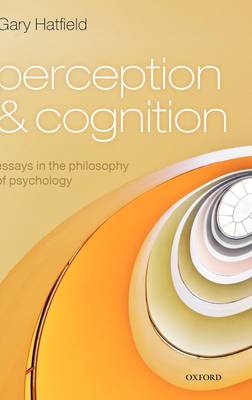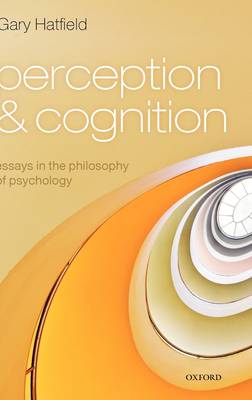
Je cadeautjes zeker op tijd in huis hebben voor de feestdagen? Kom langs in onze winkels en vind het perfecte geschenk!
- Afhalen na 1 uur in een winkel met voorraad
- Gratis thuislevering in België vanaf € 30
- Ruim aanbod met 7 miljoen producten
Je cadeautjes zeker op tijd in huis hebben voor de feestdagen? Kom langs in onze winkels en vind het perfecte geschenk!
- Afhalen na 1 uur in een winkel met voorraad
- Gratis thuislevering in België vanaf € 30
- Ruim aanbod met 7 miljoen producten
Zoeken
€ 281,95
+ 563 punten
Omschrijving
How do we see? This question has fascinated and perplexed philosophers and scientists for millennia. In visual perception, mind and world meet, when light reflected from objects enters the eyes and stimulates the nerves leading to activity in the brain near the back of the head. This neural activity yields conscious experiences of a world in three dimensions, clothed in colors, and immediately recognized as (say) ground, sky, grass, trees, and friends. The visual brain also produces nonconscious representations that interact with other brain systems for perception and cognition and that help to regulate our visually guided actions. But how does all of this really work? The answers concern the physiology, psychology, and philosophy of visual perception and cognition. Gary Hatfield's essays address fundamental questions concerning, in Part I, the psychological processes underlying spatial perception and perception of objects; in Part II, psychological theories and metaphysical controversies about color perception and qualia; and, in Part III, the history and philosophy of theories of vision, including methodological controversies surrounding introspection and involving the relations between psychology and the fields of neuroscience and cognitive science. An introductory chapter provides a unified overview; an extensive reference list rounds out the volume.
Specificaties
Betrokkenen
- Auteur(s):
- Uitgeverij:
Inhoud
- Aantal bladzijden:
- 548
- Taal:
- Engels
Eigenschappen
- Productcode (EAN):
- 9780199228201
- Verschijningsdatum:
- 3/05/2009
- Uitvoering:
- Hardcover
- Formaat:
- Genaaid
- Afmetingen:
- 156 mm x 234 mm
- Gewicht:
- 938 g

Alleen bij Standaard Boekhandel
+ 563 punten op je klantenkaart van Standaard Boekhandel
Beoordelingen
We publiceren alleen reviews die voldoen aan de voorwaarden voor reviews. Bekijk onze voorwaarden voor reviews.









